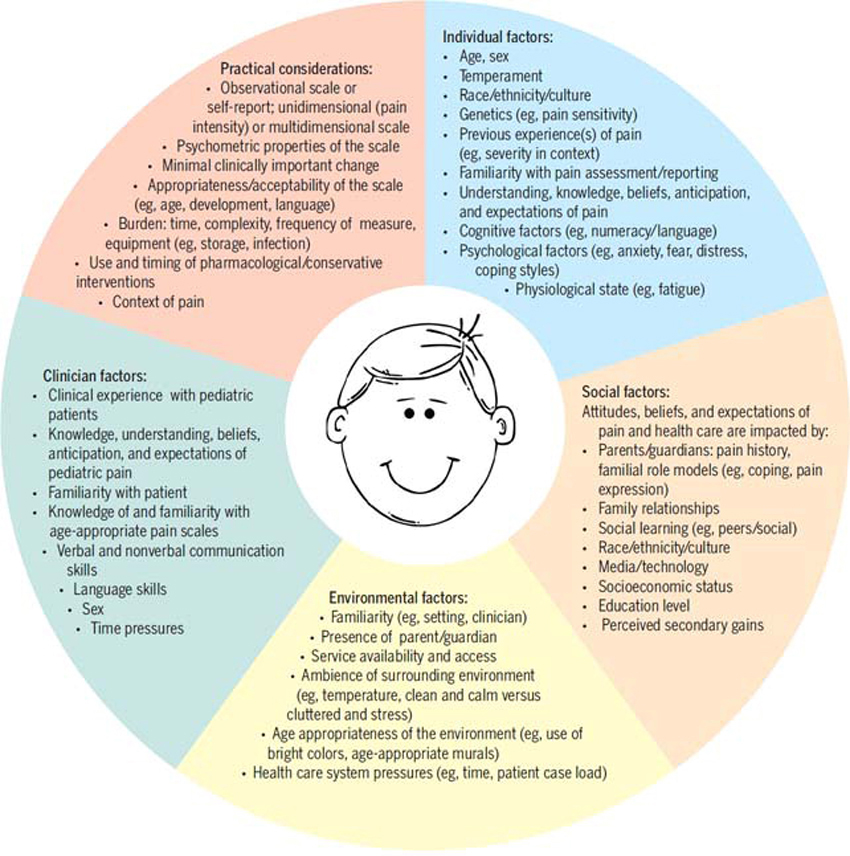A Qualitative Study of Changes in Expectations Over Time Among Patients with Chronic Low Back Pain Seeking Four CAM Therapies
SOURCE: BMC Complement Altern Med. 2015 (Feb 5); 15: 12
Emery R Eaves, Karen J Sherman, Cheryl Ritenbaugh,
Clarissa Hsu, Mark Nichter, Judith A Turner,
and Daniel C Cherkin
Department of Family and Community Medicine &
School of Anthropology,
University of Arizona,
Tucson, AZ, USA.
BACKGROUND: The relationship between patient expectations about a treatment and the treatment outcomes, particularly for Complementary and Alternative Medicine (CAM) therapies, is not well understood. Using qualitative data from a larger study to develop a valid expectancy questionnaire for use with participants starting new CAM therapies, we examined how participants’ expectations of treatment changed over the course of a therapy.
METHODS: We conducted semi-structured qualitative interviews with 64 participants initiating one of four CAM therapies (yoga, chiropractic, acupuncture, massage) for chronic low back pain. Participants just starting treatment were interviewed up to three times over a period of 3 months. Interviews were transcribed verbatim and analyzed using a qualitative mixed methods approach incorporating immersion/crystallization and matrix analysis for a decontexualization and recontextualization approach to understand changes in thematic emphasis over time.
RESULTS: Pre-treatment expectations consisted of conjecture about whether or not the CAM therapy could relieve pain and improve participation in meaningful activities. Expectations tended to shift over the course of treatment to be more inclusive of broader lifestyle factors, the need for long-term pain management strategies and attention to long-term quality of life and wellness. Although a shift toward greater acceptance of chronic pain and the need for strategies to keep pain from flaring was observed across participants regardless of therapy, participants varied in their assessments of whether increased awareness of the need for ongoing self-care and maintenance strategies was considered a “positive outcome”. Regardless of how participants evaluated the outcome of treatment, participants from all four therapies reported increased awareness, acceptance of the chronic nature of pain, and attention to the need to take responsibility for their own health.
There are more articles like this @ our:
CONCLUSIONS: The shift in treatment expectations to greater acceptance of pain and the need for continued self-care suggests that future research should explore how CAM practitioners can capitalize on these shifts to encourage feelings of empowerment rather than disappointment surrounding realizations of the need for continued engagement with self-care.
Keywords: Chronic low back pain, Acupuncture, Chiropractic, Yoga, Massage, CAM, Expectations, Self-care, Pain management
From the FULL TEXT Article:
Background
Use of complementary and alternative medicine (CAM) is common among chronic low back pain patients [1]. In addition to increasing clinical research that shows pain reduction resulting from CAM [2–5], CAM therapies are often associated with additional benefits [6, 7]. Although nearly forty percent of adults in the U.S. use some form of CAM [8], the motivations for people to choose CAM are not well understood. Bishop et al. [9] found that continued use of CAM was related to positive experiences with CAM, rather than with negative experiences or perceptions of conventional care. Despite inconsistent findings, many researchers have continued to argue that higher patient expectations of treatment benefits from CAM therapies enhance treatment effects for a variety of health conditions [10–14]. Further research is needed to understand the relationship between patients’ expectations for treatment, practitioners’ presentation of treatment, and outcomes or reports of satisfaction by patients [15–18]. Further, recent research differentiating hope from expectations has called for a re-examination of how patients themselves perceive their expectations of therapy and how these perceptions change over time in the context of a novel treatment experience [19–22].
Initial research has shown a correlation between use of CAM and high internal health locus of control (HLOC) and empowerment [23]. Murthy et al. [1] raise the possibility that CAM users are more engaged in their health care than others because they are already aware of the importance of maintaining their own health. However, questions remain regarding whether individuals entering CAM are more empowered and engaged in their own health prior to seeking treatment, or whether CAM therapies are involved in empowering patients to take a more active role in their health [1]. Evans et al. [24] report that “self-care talk” is interwoven through CAM consultations. Self-care recommendations were co-constructed by clients and practitioners, in particular because the therapeutic relationship includes patients as equal partners in their own care [24, 25].
SOURCE: Read the rest of this Full Text article now!





Leave A Comment